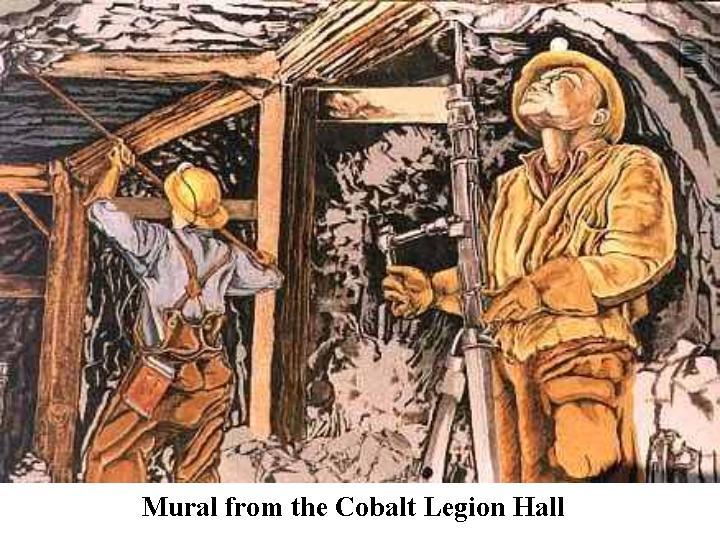Mineral exploration is not an exact science. A great deal of experience, a keen eye and, sometimes, a little luck are part of the equation. Such was the case in Cobalt, Ontario in 1903. Cobalt, in Northern Ontario, is the site of some of the most accessible silver mines in the world. In 1903 J.H. McKinley and Ernest Darragh were cruising Booth Limits for timber for railway ties. Their eyes were drawn to the gleam of metallic flakes in the rock at the southeast end of Loog Lake (later re-named Cobalt Lake). They found other flakes in the gravel on the beach. These were soft enough to mark with their teeth and so pliable that they could be bent. They sent a number of the rock samples to Montreal for assay, and the word came back that what they had submitted was native silver, assaying 4,000 ounces to the ton.

It was a glittering prospect, and the two applied for and received a mining lease from the government. The following spring they did further prospecting and erected a small plant. The first claim was dubbed “J.B.l” and the first chapter of Cobalt’s rise to fame and fortune began. On this claim grew the McKinley-Darragh silver mine.
However the bigger story happened six weeks later. That was the time that Fred LaRose made his discovery. Any official crest that might be devised for the town of Cobalt should include the husky blacksmith, a flying hammer and a red fox on a background of silver. The story, probably apocryphal, is that LaRose, at work at his forge, was so annoyed by an inquisitive fox that he threw his heavy hammer at the animal. He missed it but knocked off a piece of rock to expose a glittering vein of silver. This became the LaRose Mine, and never in history, has so haphazard a method of rock sampling yielded such rich dividends.
suggested by Marcel Castonguay and referenced from L. CARSON BROWN’s COBALT
Linda
do you know the name of the artist for this mural from the Cobalt Legion Hall?